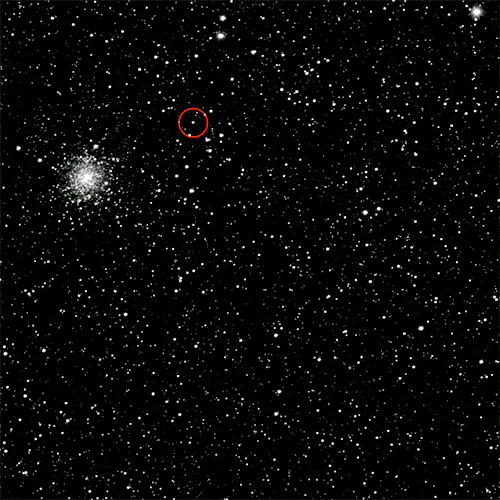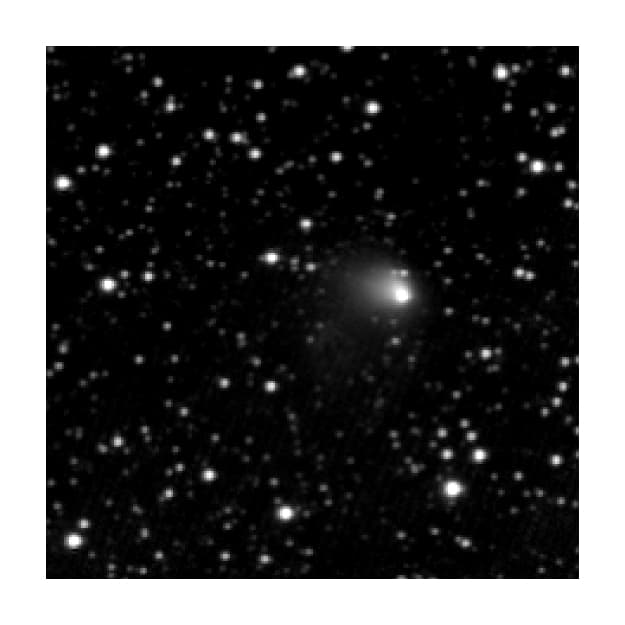Rosetta Space Probe To Land On A Comet
Rosetta, a space probe by the European Space Agency is set to do something that no space probe from earth has ever done: Orbit and land on a comet. It will study the metamorphosis of the Comet 67P/Churyumov-Gerasimenko from a quiet chunk of ice and rock, frozen solid by years spent in deep space, to a sun-warmed dynamo spewing jets of gas and dust into a magnificently evolving tail.

Comet 67P can be seen evolving a tail
Rosetta was launched in 2004 and it spent 10 years quietly hunting down its target. With the comet in sight in January 2014, Rosetta activated its cameras. On May 4th, a cloud appeared which turned the mass of rock and ice into a comet. Rosetta will now orbit the comet for the next 17 months. Then around November 2015, Rosetta will launch a lander named 'Philae' that will land on the surface of the comet. Due to absence of gravity, #-Link-Snipped-#, a novel technology in itself. The harpoons will dig in the comet surface and also pick up samples from the nucleus of the comet while Rosetta will continue to monitor the developments.

Closeup of Comet 67P/C-G on April 30
Many probes have flown past comets and have brought back samples of the comet's tail. The tail develops as a result of comet moving progressively closer to the Sun along its orbit. Comet 67P has an orbit time of 6.5 years. Even though it is still more than 600 million km from the Sun – more than four times the distance between Earth and Sun – its surface has already started to warm, causing its surface ices to sublimate and gas to escape from its rock–ice nucleus. As the gas escapes, it also carries a cloud of of tiny dust particles out into space, which slowly expands to create the tail or the 'coma'.
Comet studies are important from the fact that they often are time capsules containing primitive material left over from the epoch when the Sun and its planets formed. By studying the gas, dust and structure of the nucleus and organic materials associated with the comet, questions regarding the history and evolution of our Solar System, as well as questions regarding the origin of Earth's water and perhaps even life can be answered.
Source: <a href="https://science.nasa.gov/science-news/science-at-nasa/2014/03jun_rosetta/" target="_blank" rel="nofollow noopener noreferrer">Rosetta Comet Comes Alive | Science Mission Directorate</a> | #-Link-Snipped-#

Comet 67P can be seen evolving a tail

Closeup of Comet 67P/C-G on April 30
Comet studies are important from the fact that they often are time capsules containing primitive material left over from the epoch when the Sun and its planets formed. By studying the gas, dust and structure of the nucleus and organic materials associated with the comet, questions regarding the history and evolution of our Solar System, as well as questions regarding the origin of Earth's water and perhaps even life can be answered.
Source: <a href="https://science.nasa.gov/science-news/science-at-nasa/2014/03jun_rosetta/" target="_blank" rel="nofollow noopener noreferrer">Rosetta Comet Comes Alive | Science Mission Directorate</a> | #-Link-Snipped-#
0
